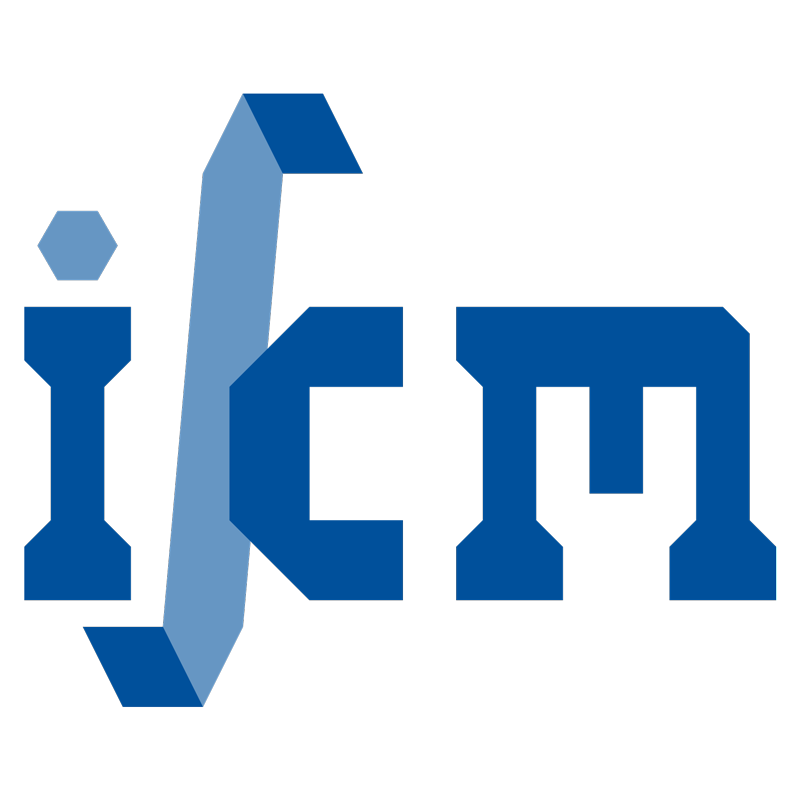Efficient modeling of filled rubber assuming stress-induced microscopic restructurization
- authored by
- J. Plagge, A. Ricker, N. H. Kröger, P. Wriggers, M. Klüppel
- Abstract
The mechanical response of filled rubber depends on load history, strain rate and state, temperature and even direction of previous loading. Although there is a plurality of both physical and phenomenological models, only few are able to reproduce this rich spectrum of effects. Moreover, many of them suffer from physical or mathematical inconsistencies. We present a model, which is based on physical ideas and plausible assumptions about the material's microstructure, while being designed for high efficiency and robustness in finite element applications. It is shown by fits to extensive experimental data that it reproduces almost the full phenomenology of filled rubbers, both at low and high strains, for different deformation states and rates, holding times, and at different temperatures. The main modeling paradigm is the stress-induced breakdown and reorganization of microscopic structures which defines the time-dependent behavior of the material and allows to reproduce logarithmic relaxation effects. Moreover, its nine fit parameters evolve in a physically reasonable way under variation of filler and cross-linker content. A static limiting case of the model is derived, reducing the number of parameters and computational effort wherever necessary. Finally, a FE-implementation using computer-generated subroutines is presented and tested against experimental data of a simplified bushing under torsional, radial, cardanic and axial loading.
- Organisation(s)
-
Institute of Continuum Mechanics
- External Organisation(s)
-
German Institute of Rubber Technology (DIK e.V.)
- Type
- Article
- Journal
- International Journal of Engineering Science
- Volume
- 151
- ISSN
- 0020-7225
- Publication date
- 06.2020
- Publication status
- Published
- Peer reviewed
- Yes
- ASJC Scopus subject areas
- General Materials Science, General Engineering, Mechanics of Materials, Mechanical Engineering
- Electronic version(s)
-
https://doi.org/10.1016/j.ijengsci.2020.103291 (Access:
Closed)
-
Details in the research portal "Research@Leibniz University"


